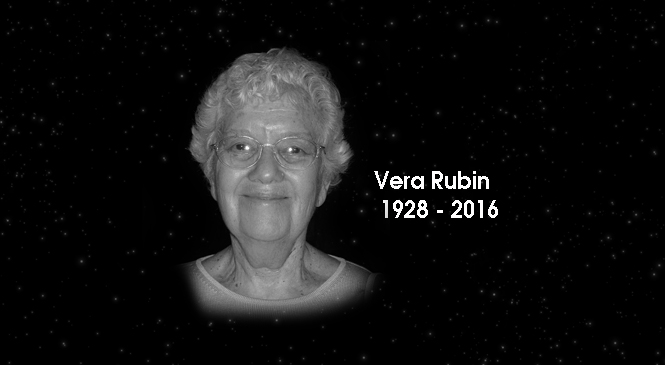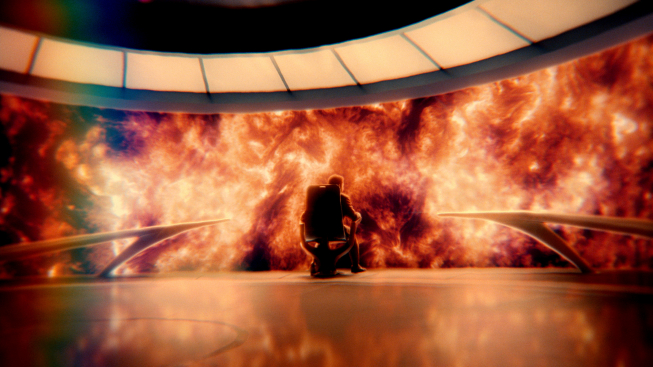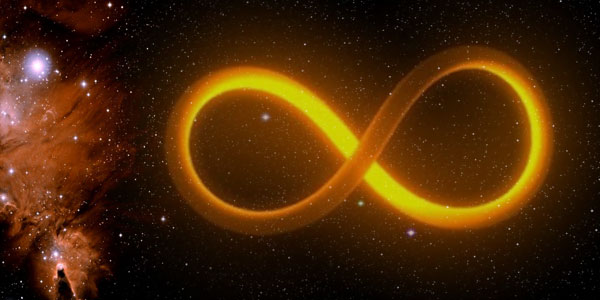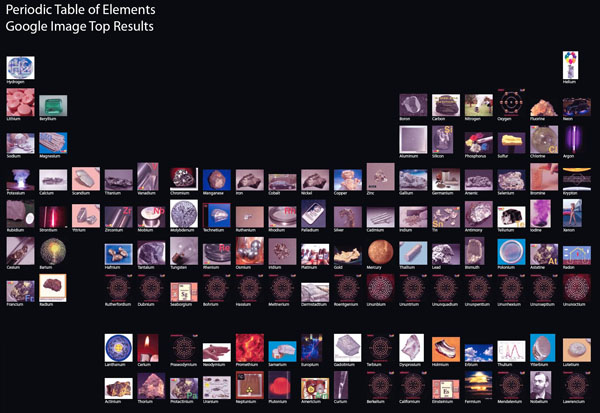Dr. Vera Rubin, Pioneer Female Astrophysicist, Dead at 88

Groundbreaking female astrophysicist Dr. Vera Rubin passed away on Christmas Day at the age of 88.
During her work in the 1960’s, she and fellow astronomer Kent Ford were studying spiral galaxies when it was discovered that the stars on the outside of the galaxy were moving as fast as the ones in the middle. Remembering Swiss astrophysicist Fritz Zicky’s observations in the 1930’s and building on it, Rubin found the explanation on why the galaxy was working against the Newtonian gravitational theory: Dark Matter.
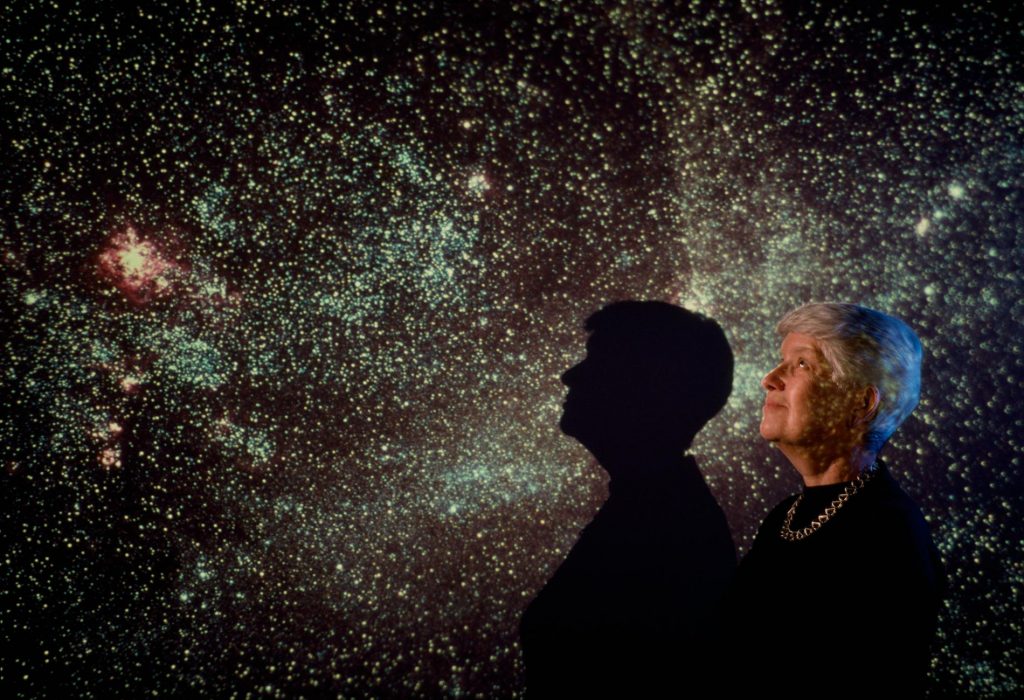
According to calculations, they were moving so fast, they should have been flying off into space, yet it appeared to be glued together. The edges contained enough mass, and therefore, gravity to keep the stars in place. Or another way to explain it, it’s like a ghost in a horror film: it is not visible but it messes with the things that can be seen.
Rubin’s career was also more than just about her discovery of the invisible dark energy and matter that makes up 27% of the universe. She also made it easier for today’s women to explore a career in the sciences.
Born July 23, 1928, Vera Rubin fell in love with astronomy as a kid, watching the stars from her bedroom window, following invisible precise paths across the sky. She decided to become an astronomer, not realizing that most to all of them were male. Rubin remembered when she told her high school physics teacher she had been awarded a scholarship to the women’s college Vassar in Poughkeepsie, NY. His response was “As long as you stay away from science, you should do okay.”
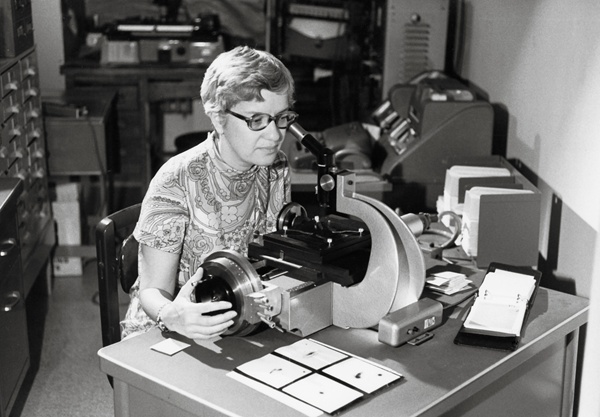
Ignoring him, she was the only astronomy major to graduate from Vassar in 1948. Rubin received her masters at Cornell after Princeton’s astronomy program rejected her due to their policy on women, which did not change till 1975. She presented before the Astronomical Society by the age of 22 and started her Ph.D. program at Georgetown by 23, with a young child and another on the way.
The turning point in her professional career came after she and her husband spent a year collaborating with fellow husband and wife team, Margaret and Geoffrey Burbidge, at UCSD, who encouraged Rubin, giving her a new sense of professional eagerness. She returned to Maryland, walked into the Carnegie Institution for Science’s Department of Terrestrial Magnetism and demanded a job, which she got.
In 1965, she became the first woman to legally be permitted to use the Palomar Observatory at Caltech. A fellow college remembers when she was informed she had no restrooms available to her since women were not permitted to work there, Rubin cut a paper into a skirt and stuck it to the sign on the bathroom door, then stating, “There you go; now you have a ladies’ room.”

Rubin fought for women’s inclusion in the science community every chance she got, including (unsuccessfully) lobbying for women to be included in the first-ever Smithsonian Air and Space Museum planetarium show on the history (all but one white males), pressuring Washington’s elite Cosmos Club to admit women, and openly criticizing the National Academy of Sciences for its lack of female members. She also consistently met with politicians to discuss the need to create more opportunities for girls.
#VeraRubin's work deserved a Novel Prize. But her as a person? She made science kinder & the culture of research more human. https://t.co/TOLv7j6B5u
— Mika McKinnon (@mikamckinnon) December 27, 2016
Rubin received numerous prices for her work over the years. She was elected to the National Academy of Science in 1981, the first woman to receive the Royal Astronomical Society’s gold medal since Caroline Herschel in 1828, and the Nation medal of Science in 1993. However, one she was never awarded, much to her colleague’s disappointment, was the Nobel Prize.
Her love of science inspired her family. Her four children grew up to become scientists, an astronomer, two geologists, and a mathematician.
Rubin’s husband, Robert Rubin, a mathematician and physicist, passed away in 2008.
![]()

